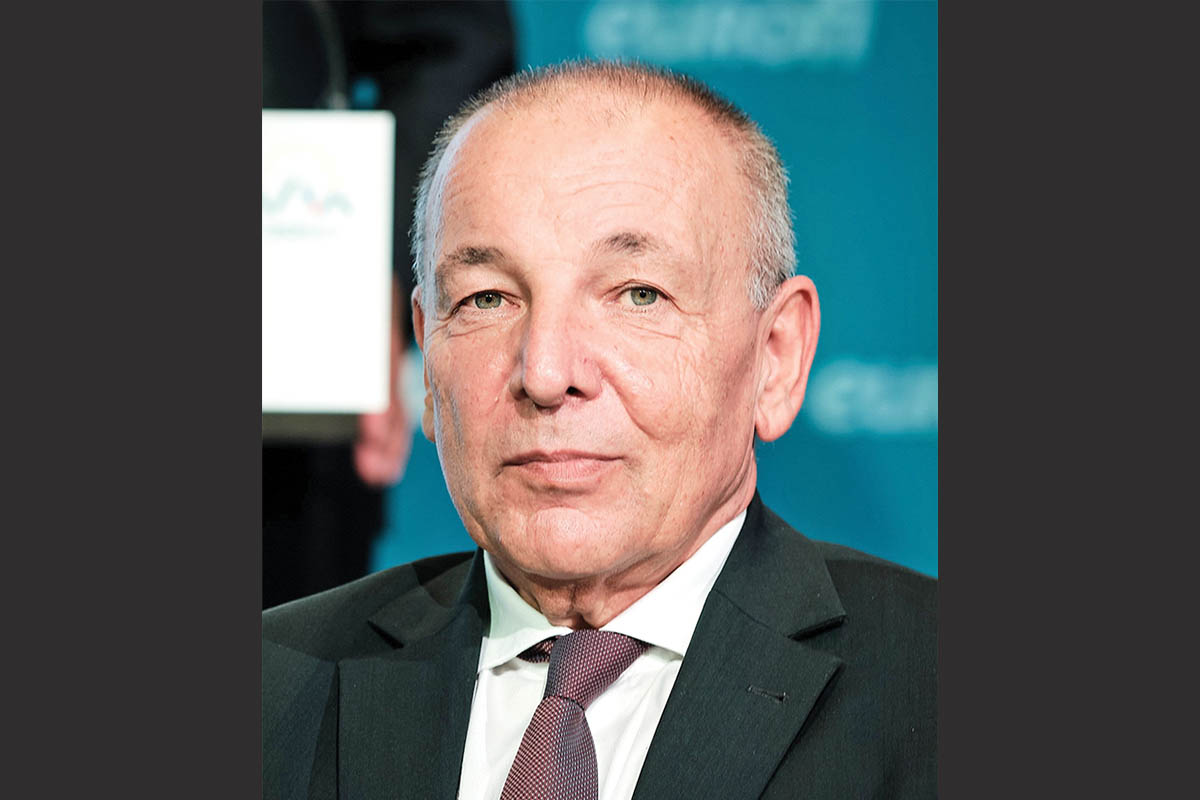
17 Nov Slovenia steps up investment in its future
Andrej Šircelj, Minister of Finance, Slovenia, explains the government’s new regrowth strategy and pinpoints reasons the nation is attractive as an investment destination.
What goals does Slovenia have as it steps up as president of the Council of the European Union?
This is the second time Slovenia is presiding the council. However, circumstances are different; we are facing different challenges. Our first priority in the economic and financial fields is having the Recovery and Resilience Facility provide funds and support the investments and reforms envisaged by the member states. Up to now, 18 recovery and resilience plans were adopted and 16 member states have received prefinancing. This is the first time the European Commission is financing the expenditures of member states’ projects directly. The solidarity of the European Commission and member states is important. It is a historical moment. Through the Recovery and Resilience Facility, all countries will provide funding for the support of reforms and investments envisaged in their plans—and the same goes for Slovenia.
We are also taking environmental issues into account. We have a series of proposals, such as the carbon border adjustment mechanism, a revised EU emission trading system and energy taxation. These proposals are connected to the new resources of the EU budget. We will also work on a renewed sustainable finance strategy and EU green bond standard. We will work on enhancing the potential of new technologies in finance and address the risks they pose. We will be active in revising the Solvency II directive, Basel III standards and adopting the EU budget for the year 2022.
What is the Slovenian government doing to regrow the economy after challenges caused by the COVID-19 pandemic?
Slovenia’s response to the pandemic was swift and efficient. After higher expenditure in 2020, we intend to decrease the deficit to 5.5 percent of the gross domestic product in 2022 to 3.3 percent in 2023 and 2.8 percent in 2024. The most important thing is to stabilize our economy and encourage consumption. This is especially important in sectors that were closed during the pandemic, such as tourism. One of the measures adopted in Slovenia is the issuance of vouchers for people to spend in tourist facilities. With this, we encouraged consumption, which helped the affected sectors. In the second quarter of 2021, our financial and economic data showed that we are on a good path to recovery. The sooner we recover, the sooner we will be able to stabilize our public finances and lower our debt. These measures will help the economy and secure employment. At present, unemployment is lower than a year and a half ago. Additionally, we do not have as many bankrupt companies, which is positive.
The Slovenian recovery and resilience plan is 43 percent based on green projects and 21 percent based on digital projects. These goals are important in providing a healthier environment. The plan includes investments for modernizing railway and transport. We are going to improve our housing policy and improve energy efficiency of buildings, which is a very good investment. We will invest in health services by building new disease clinics in Ljubljana and Maribor. We will implement a health care plan for older people and build nursing homes. We are facing a demographic problem in Slovenia and in Europe; we must provide our elderly with a good quality of life. We are going to find new resources to finance pensions and establish a demographic fund. An additional project that is more connected with the economy is the anti-bureaucratic program. It consists of measures to minimize administrative costs for companies.
In the coming years we intend to use EU funds, which will complement the Slovenian national budget and budgets of other member states. These budgets will focus on investing in companies that carry out operations with high added value. They will support green and digital projects, strengthen health and social systems, support research and development and encourage education, reskilling and lifelong learning. This will provide jobs for better-educated and skilled workers and better living and working environments. It is important to give young people a reason to be optimistic by providing opportunities for education, employment and living in general. On the other hand, we need to take care of older people. The connection between younger and older people is important, and we strive for balance between these generations.
Why is Slovenia an attractive market for foreign direct investment?
The position of Slovenia on the capital markets is strong and our rating is good. We are a very stable and trustworthy country in the long term, especially now that we issued a new bond of 60-years to maturity at 0.7 percent yield. The new 10-year benchmark bond introduced at the beginning of 2021 was issued at a negative yield. Market backdrop was very constructive, and the demand was ample across the two tranches. Our strategic debt management objective is to be present in the ultra-long segment of the market. Investors and rating agencies appreciate robust debt structures, diversified investors structured by type and geography and effective debt management. Agencies give us good ratings.
The most important thing for investment is stability, and Slovenia is a very stable country. We modernized our tax system in five years; it is now simple, efficient and stable. It does not impose any extra burden on taxpayers or the tax administration. For investors it is important that markets have an adequately capitalized and robust banking sector, a competitive and well-diversified economy and strong health and education systems. These are Slovenia’s main objectives. It is the task of the Ministry of Finance to support a competitive economic system. We look to the future with realistic optimism. Slovenia will provide a prosperous environment for everyone.


